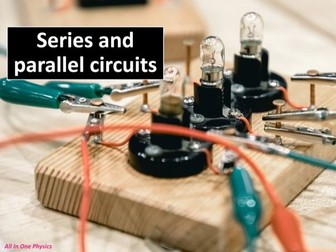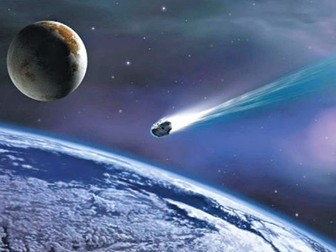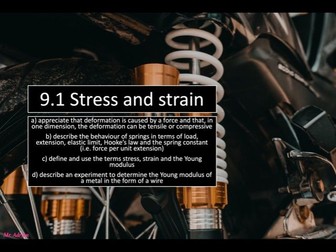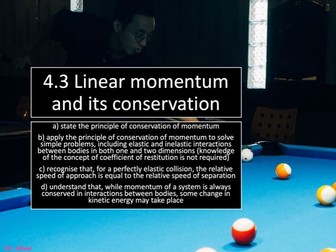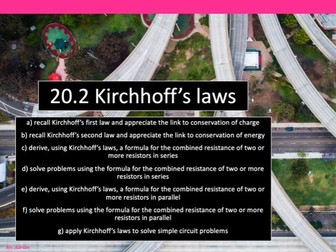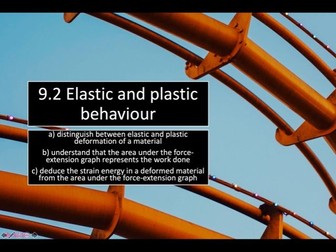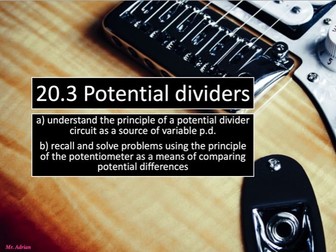
Space Travel
This resource has been created for students to begin thinking about space travel and its benefits. There are some great images included to spark students’ curiosity.
Included:
- Newspaper article
- Full detailed lesson plan
- PowerPoint presentation
- Worksheet pertaining to an in-lesson video
- “Sentence-starters” for helping students with letter writing
Thanks for using this resource, I hope you find it useful.



